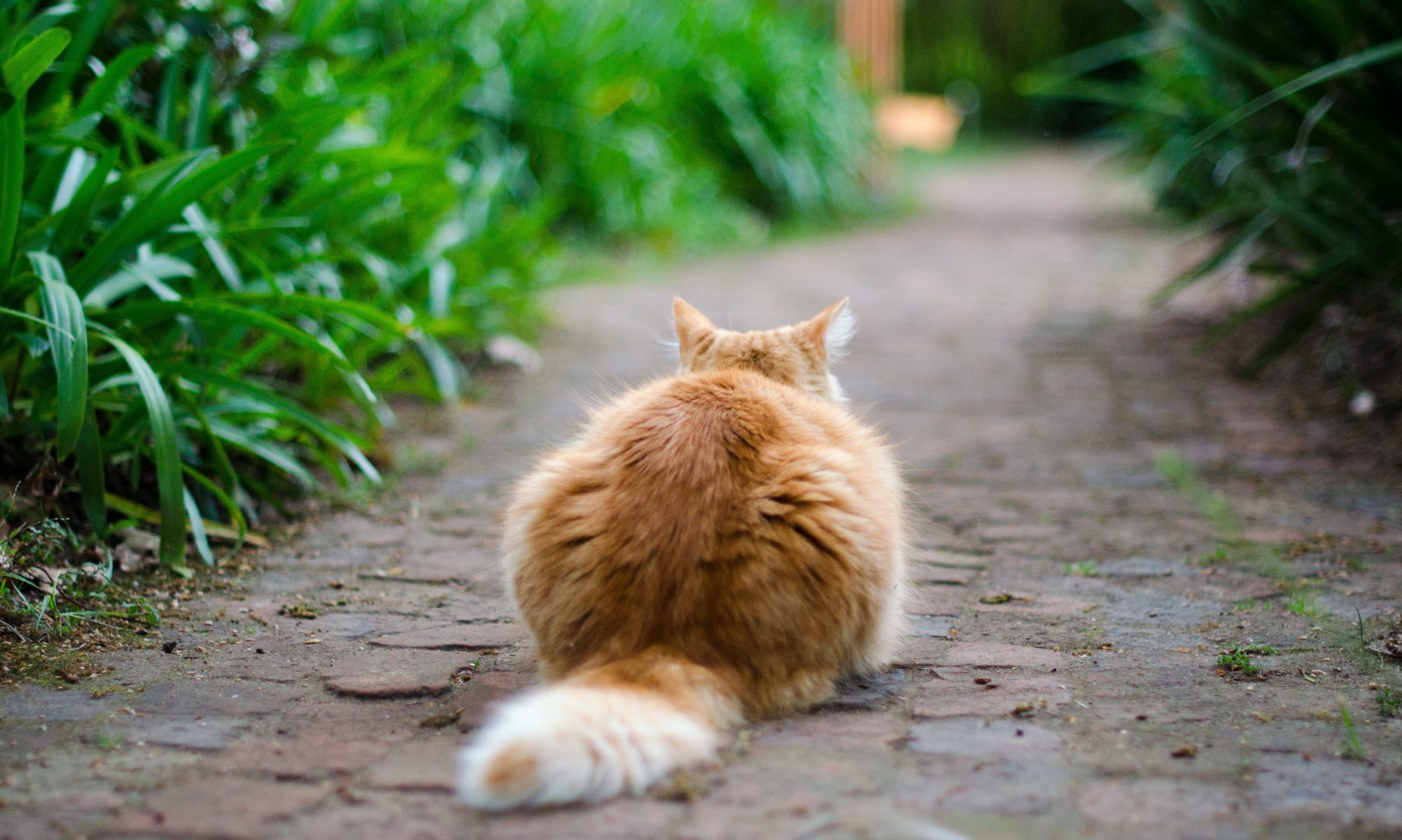Using your Leash – your dog’s lifeline; where is his nose?
The really cool thing is that you will probably never even know how really effective a tool your leash really is – because your dog is still alive and sleeping safely beside you.
Obviously you need to take Max immediately to the vet and follow your veterinarian’s advice. The doctor will need to see the box to check out exactly what the contents were, and will then offer you a recommended treatment plan. You, being the ever-conscientious pet owner, will follow those directions to a T in order to cover the worst-case scenario possibilities and, thanks to your and your vet’s prompt and proper treatment, Max should do just fine. That’s enough of this imaginary episode for now.
Now, what could you have done to avoid this fiasco? Well, in reality probably not much. You did really well. You used a nice short leash and you were keeping him carefully at your side. There’s not a lot more you can do and unfortunately accidents happen. What happened here is that you did not follow my words of wisdom to “Always keep an eye on your dog’s nose. Know where his nose is at all times.” Admittedly that can occasionally be difficult and sometimes we simply have to let dogs be dogs. However there is an upside here: because you had him close up and under your direct supervision, you were able to catch this problem when it happened – not a week or two after the fact when your dog is bleeding to death and you have no idea what the problem might be – exactly what might have happened if he were running around on one of those worthless, superlong, retractable leashes.
The real issue is that so many people don’t take the simple precaution of using a leash at all, or if they do, they use one of those long 25-foot retractable leashes. A leash is not cruel and it should not be viewed as some kind of punishment. The purpose of a leash is to keep your pet safe – out of traffic and out of harm’s way. If he was not on the leash, or if you had him on one of those 25-foot retractable jobbies, you probably would have missed this lifethreatening danger entirely. And Max would have passed on to that sorrowful status of an old pet memory.
In my classes and in my talks with clients I emphasize that a leash is your dog’s best friend. If you use a leash whenever you take your dog out for a walk, you will hopefully never experience the disappointment, the shock, and the heartbreak of losing your dog to an unexpected dog attack, snake bite, poisoning, or automobile encounter. It’s just not worth taking a chance. You cannot imagine the number of times I have heard a client utter the words “I don’t understand what happened. He never went in the road,” while standing over the dead and mangled body of the dog they had cared for so deeply. It’s hard to tell them that any dog will go in the road. It’s just a matter of what kind of temptation it takes to get them to do it – a squirrel, a cat, another dog, or whatever. And it’s tough to imagine a dog that isn’t going to be tempted by the swish and rattle of a snake in the brush or by the eye-catching sudden hop of a potentially toxic toad in the damp, dew-covered grass of the early evening. Remember, danger lurks – and you are entirely unaware, but your dog is on top of it all.
When we were living aboard our boat Fidelisin the Dominican Republic a dog-loving couple aboard one of the local anchored cruising boats watched their dog die from simply picking up one of the local poisonous toads in his mouth. They knew the toads were poisonous; they just didn’t realize HOW poisonous they were. If their dog had been on a leash, he might have been saved. In Puerto Rico we met a couple of liveaboards. They had stopped in for a couple of nights in the harbor in Salinas and had a beautiful yellow Labrador retriever. The dog was a real sweet guy and very pleasant and people-friendly. While walking the dog on the street in downtown Salinas on a beautiful Caribbean afternoon, they were standing on a street corner when, as they looked at the dog backing out from where he had his head poking around under some bushes, lo and behold, stuck on the end of his nose was a box of rat poison. (Sound familiar?) They brought him to me hoping I might help. The best I could do was to send him to the local veterinarian who promptly and properly dealt with the problem. So no, I don’t necessarily make up all these things! In the islands of the Caribbean they keep rat poison in a lot of very accessible locations in an effort to control the rat population and also as an aid to controlling the stray pet problem. That’s not the only place where this is done. Don’t let your dog fall victim. If you are a jogger, get a dog jogging leash. They make them. Far better idea than just letting her run along, loose and vulnerable.
There are other, less lifethreatening reasons to use a leash, such as keeping your pet from bothering your neighbor or other people, but the really important objective remains: it will very likely, at some point in time, probably save your dog’s life. And the really cool thing about that is that you will probably never even get to know how really effective a tool your leash really is – because your dog is still alive and sleeping safely beside you.
So be wise and listen to a little well-intentioned advice. A leash truly is your dog’s best friend and, if you can’t keep him tethered up tight, at least keep a close watch on where he’s sticking his nose. At some point it may very well save his life.

